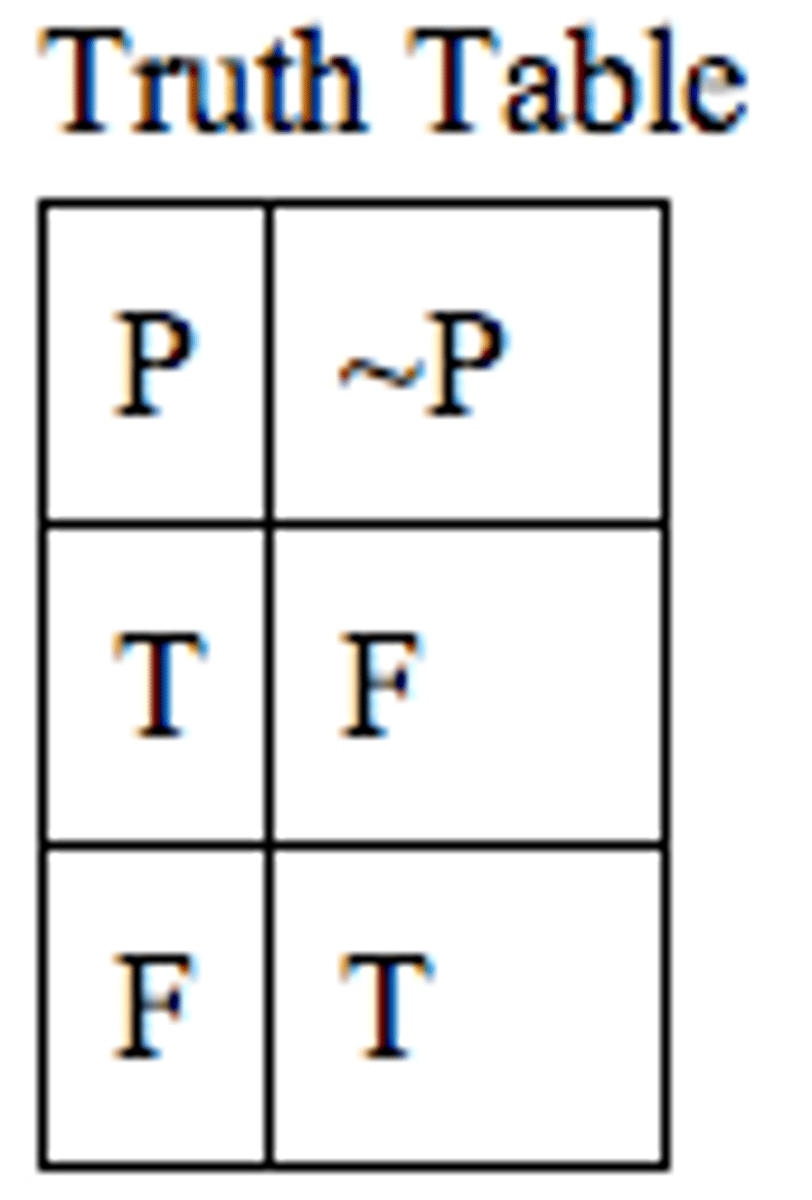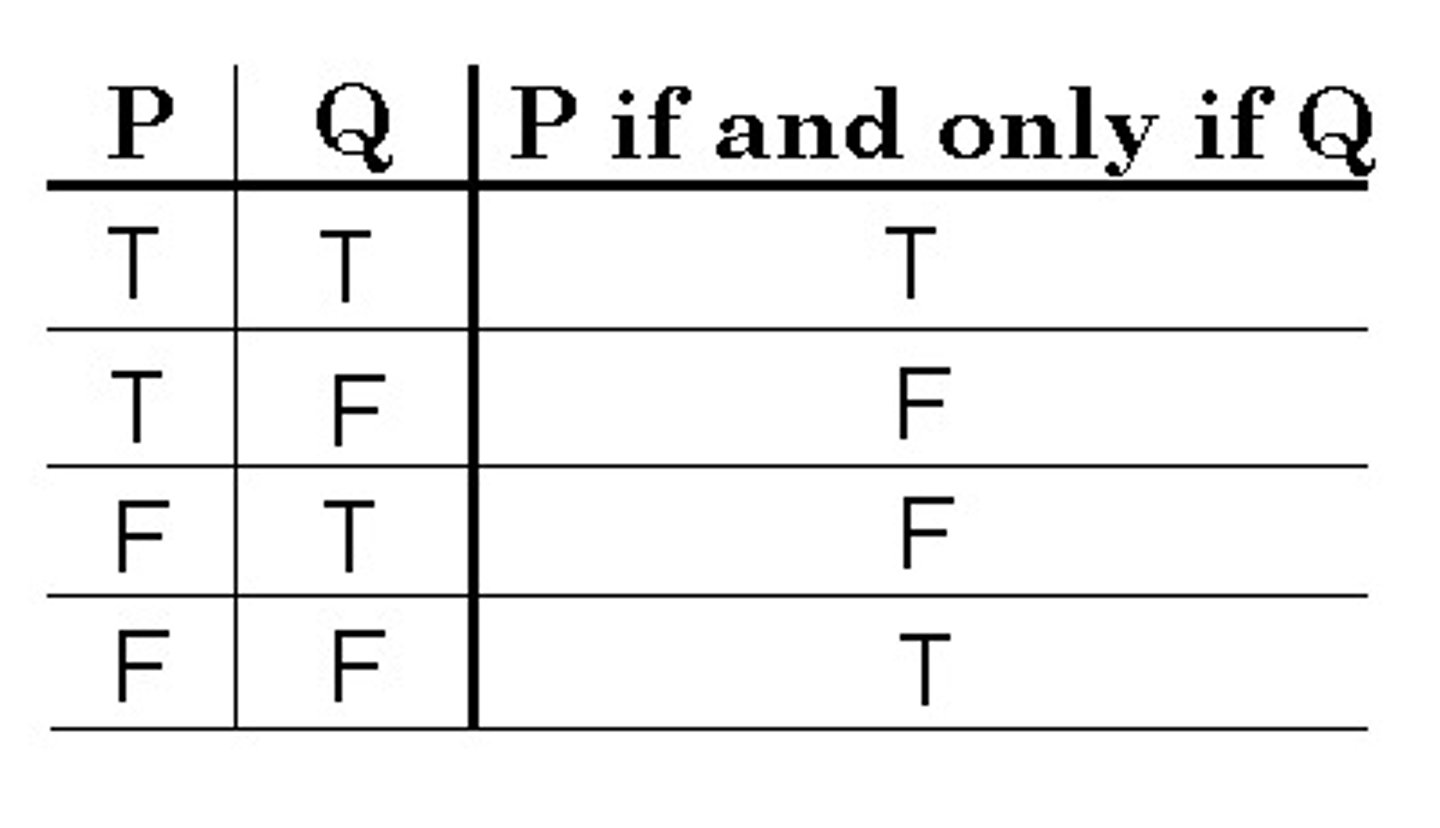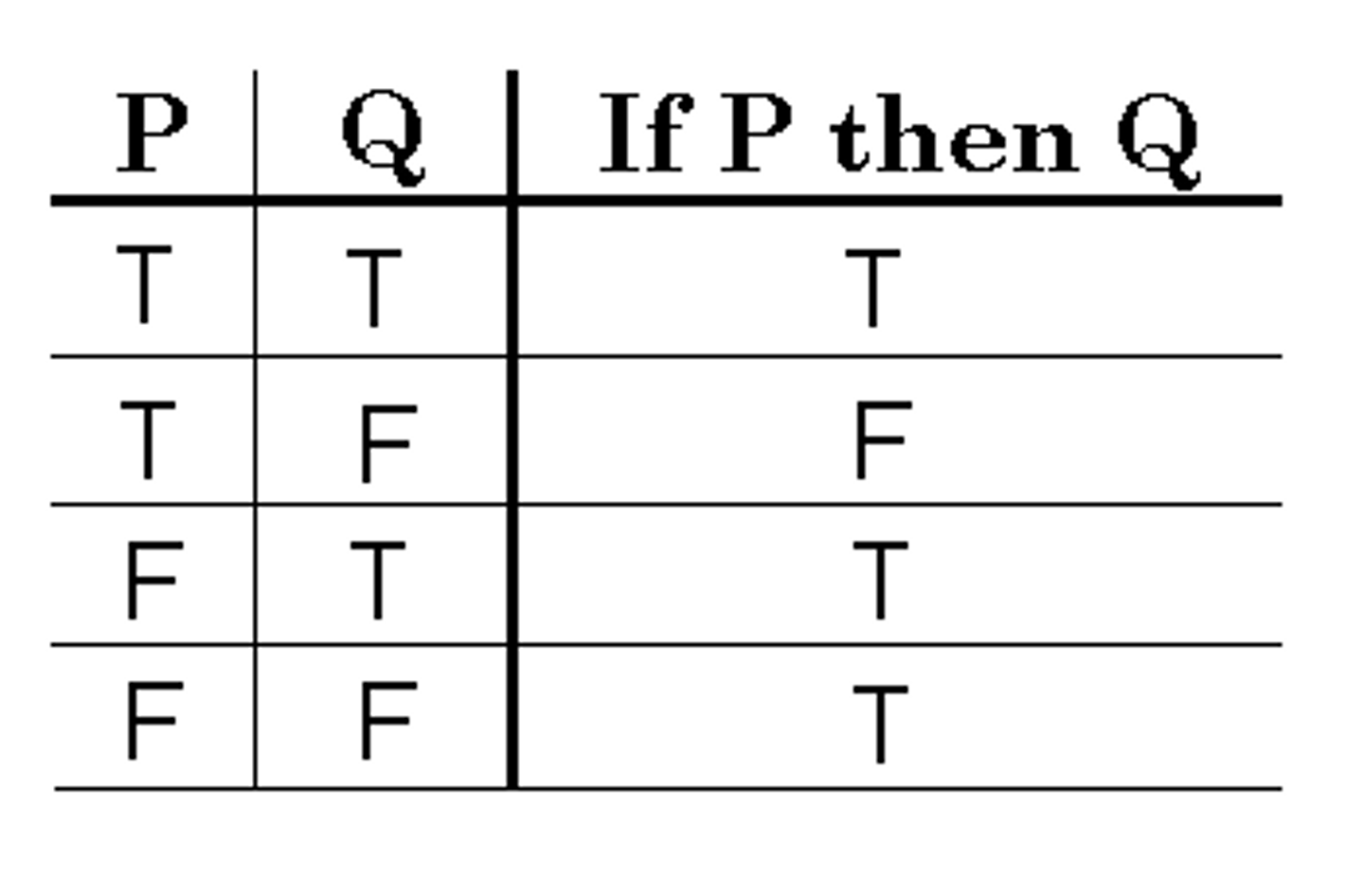CRIT 111-005 Foundations Logical Reasoning S25 (BSU) module 2 test sudy guide
1/27
There's no tags or description
Looks like no tags are added yet.
Name | Mastery | Learn | Test | Matching | Spaced |
|---|
No study sessions yet.
28 Terms
~ (tilde)
negation
(Isn't, Wouldn't, Won't, Not, Can't, Couldn't, Doesn't)
e.g:
Cats are not adorable
. (dot)
conjunction
(And, Also, Moreover, Whereas, But, Furthermore)
e.g:
Fred is both nice and an idiot
∨ (wedge)
disjunction
(Either/or, Or, Unless)
e.g:
Fred is either nice or an idiot
⊃ (horseshoe)
conditional
(If....then___, If, When, Only if)
e.g:
If Fred is nice, he's an idiot
≡ (triple bar)
biconditional
(If and only if, When and only when, Just in case)
e.g:
Fred is nice if, and only if, he's an idiot
Modus Ponens
if P then Q, and P; therefore, Q
(the premise affirms the antecedent)
Affirming the consequent
If P then Q, and Q; therefore, P
(the second premise is the affirmation of the consequent of the original conditional)
Denying the antecedent
if P then Q, but not P; therefore, not Q (the second premise is the denial of the antecedent of the original conditional)
Modus Tollens
if P then Q, but not Q; therefore, not P (the second premise denies the consequent of the conditional in the first premise)
disjunctive syllogism
if the disjunction is true and yet one disjunct is false, then it must be the case that the other disjunct is true
affirming a disjunct
If the disjunction is true and one disjunct is true then it may or may not be the case that the other disjunct is false
lowercase p, q, and r
used to represent statement variables
Negation
the opposite of the original statement
(whatever the truth value of p is, ~p will always be its negation)

Conjunction
applies to exactly two statements (P . Q)
is true if both of its conjuncts are true
is false if either one, or both, of its conjuncts are false

Disjunction
allows for the possibility that both p and q are true (the word "or" can be ambiguous)

Bi-conditional
are only true if both component statements have the same truth values

Conditionals
if statements
(the fact p is false, or that p and q are false, does not necessarily make the conditional false)

Sentential Logic
complex/compound statements that are built from simple statements that are either true or false
capital letters
represent simple statements
simple statements
does not have any other statement as a component
e.g:
(Cats are adorable)
compound statement
contains one or more other statements as component parts by combining simple statements with connector words
e.g:
(Although he's nice, Fred is an idiot)
Antecedents
follow the left of the horseshoe (the "if" clause)
consequent
follows the right of the horseshoe (the "if" clause)
sentential logic rule 1
the dot, wedge, horseshoe, and triple-bar are always placed between exactly two statements
e.g:
✅ S ∨ T
❌ P ⊃ R T
sentential logic rule 2
the tilde goes directly in front of the statement it negates
e.g:
✅ ~ S
❌ Q ~
sentential logic rule 3
The tilde cannot be placed by itself between two statements.
e.g:
✅ ~ B
❌ L ~ K
sentential logic rule 4
Parentheses - "(" and ")" - must be used to eliminate any ambiguity in compound statements
e.g:
✅ (P . Q) ∨ R
❌ P . Q ∨ R
main operator
what a well-formed formulae have; a single logical operation whose components are the entire compound statement (avoid the temptation of finding it from left to right)
e.g:
(P ≡ ~Q) ⊃ (S ∨ T)
⊃ is the main operator